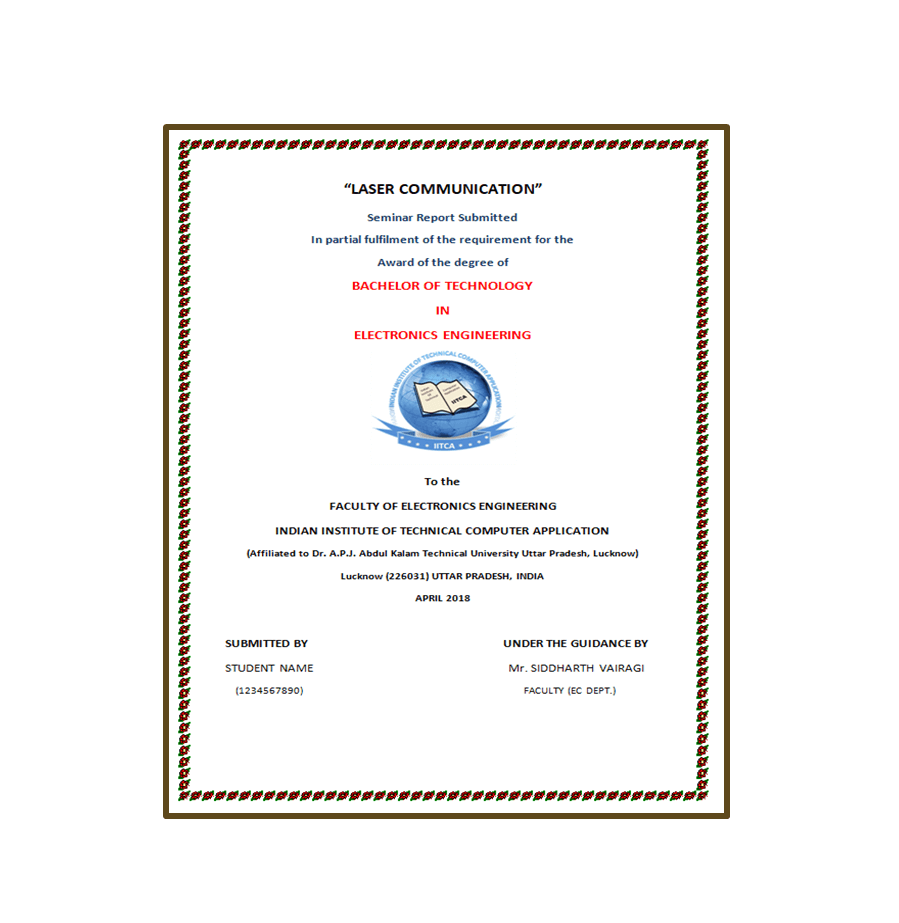Description
ABSTRACT
Laser communications offer a viable alternative to RF communications for intersatellite links and other applications where high-performance links are necessary. High data rate, small antenna size, narrow beam divergence, and a narrow field of view are characteristics of laser communication that offer a number of potential advantages for system design. The high data rate and large information throughput available with laser communications are many times greater than in radio frequency (RF) systems. The small antenna size requires only a small increase in the weight and volume of host vehicle. In addition, this feature substantially reduces blockage of fields of view of the most desirable areas on satellites. The smaller antennas, with diameters typically less than 30cm, create less momentum disturbance to any sensitive satellite sensors. The narrow beam divergence of affords interference-free and secure operation.
Laser Communication Seminar Report
Page Length : 24
Content :
- Introduction
- Features Of Laser Space Communication
- Operation
- System Characteristics And Description
- Link Parameters
- Transmitter Parameters
- Channel Parameters
- Receiver Parameters
- Detector Parameters
- Beam Acquisition And Tracking
- Tracking Modes For Satellite Subsystem
- Optical Noise
- An Example
- Application
- Advantage And Disadvantage
- Conclusion
- References
Laser Communication Presentation Report (PPT)
Page Length : 19
Content :
- Introduction
- How does it Work?
- One-way Laser communication system
- Application
- Advantages
- Disadvantages
- Conclusion
- Reference










Reviews
There are no reviews yet